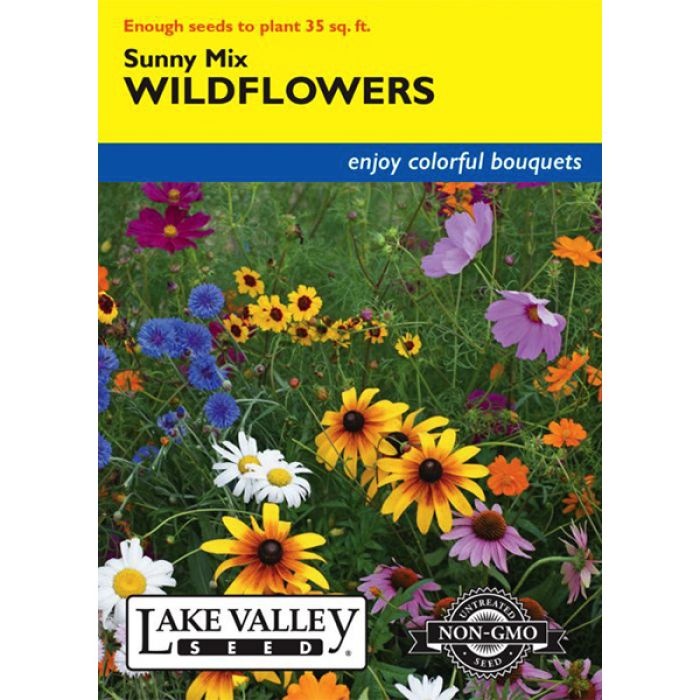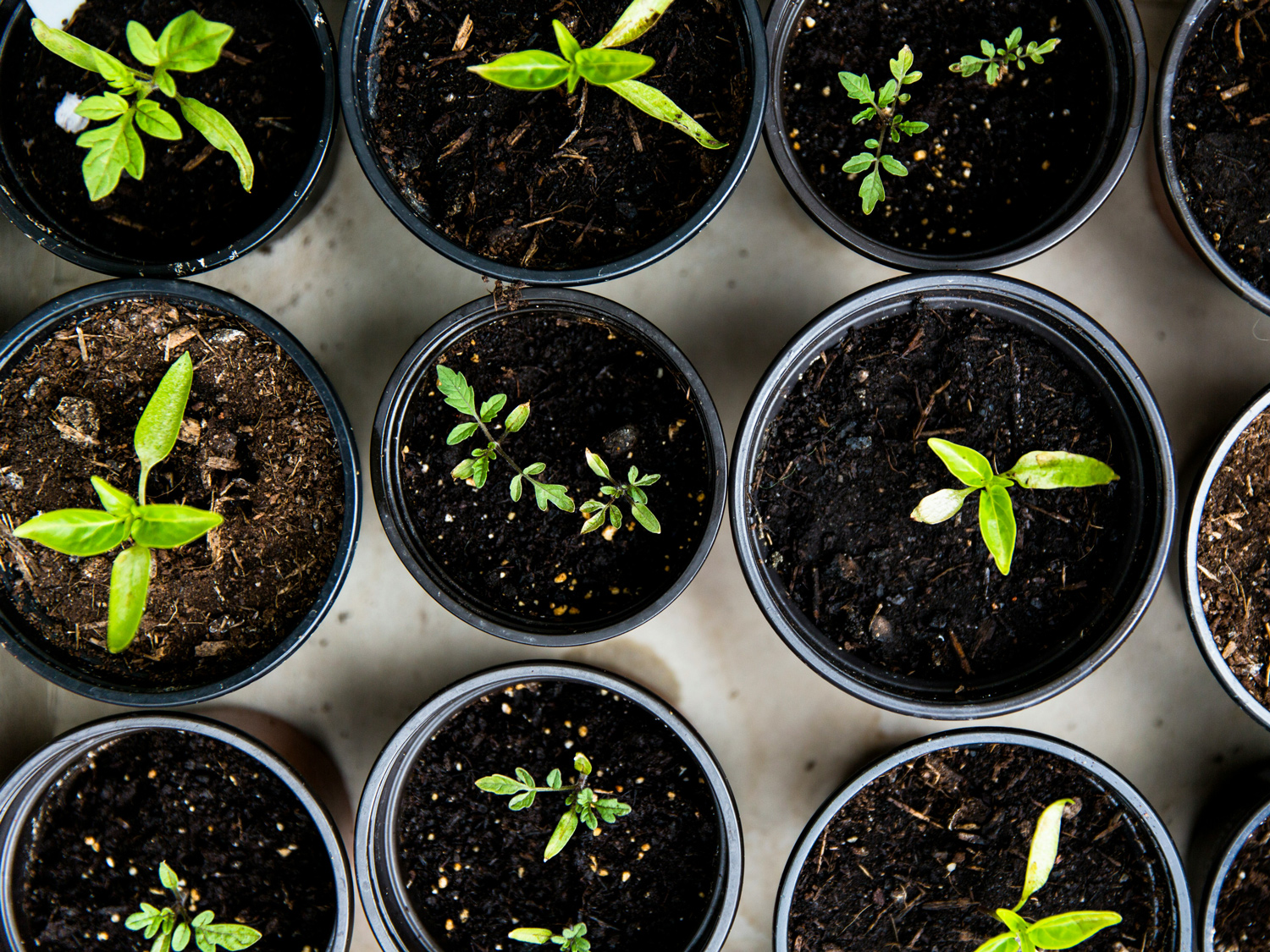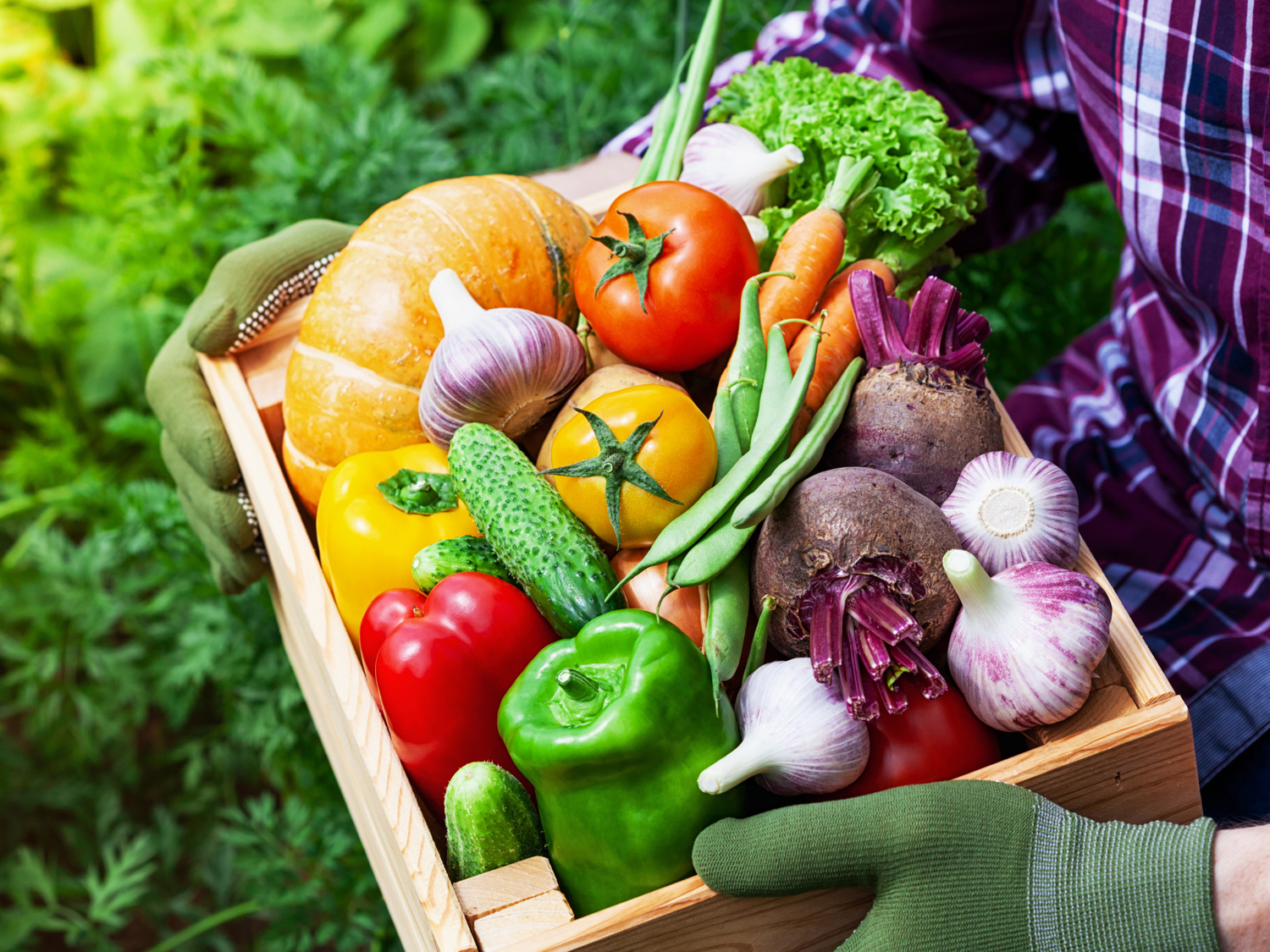Mix, Wildflowers, Sunny Mix, 2.5g


- Sun Preference
- Full-Sun
- Bloom Time
- Summer
Description
Mixed varieties
Height: 1-3′ (30-91 cm)
Bloom Period: summer
Type: annual/perennial
This mixture loves full sun and will provide an eye-catching patch of color all summer long. Blossoms begin in about 45 days and continue for many years, depending on site conditions.
Seed Starting Successfully
Start your garden from scratch with Gertens' wide variety of seed packets! Whether you're a seasoned gardener or just starting out, we have seeds for every skill level and garden size. From colorful flowers to delicious vegetables, our seeds are carefully selected for their quality and performance.
Details
Planting & Harvesting
Seed Depth: 1/4″ (6mm)
Spacing: spread evenly
Sprouts In: 5-20 days
Thinning: thin as required
Plant fall to spring in mild climates and early spring in colder areas. Remove weeds and grass from the planting area. Loosen soil with a rake or shovel. Scatter seeds thinly over area. Lightly rake seeds into top 1/4″ of soil. Keep evenly moist until seeds germinate. A light mulch may help in dry areas.
Contains:
14% Chinese Forget-Me-Not
14% Scarlet Flax
10% Baby’s Breath
7% Lance Leaved Coreopsis
7% Pacific Beauty Calendula
7% Purple Coneflower
7% Blue Flax
7% Tree Mallow
5% Blue Cornflower
Less than 5% each for a total combined mix of 22%:
Sweet William
Sensation Mix Cosmos
Shasta Alaska Daisy
Creeping Daisy
Clarkia
Corn Mixed Poppy
Plains Coreopsis
CA Orange Poppy
Clasping Coneflower
Prairie Coneflower
Black-Eyed Susan.
More Information
| Brand | Lake Valley Seed |
|---|---|
| Seed Packet Type | Flowers |
| Common Family Name | Assortment/Mix |
| Sun Preference | Full-Sun |
| Deer Resistant | No |
| Bloom Time | Summer |
| Mature Height (Range) | 13" - 24", 25" - 36" |
| Spacing Between Rows | scatter |
| Spacing in Row | think as required |
| Planting Depth | 1/4" |
| Days to Germination | 5-20 days |


